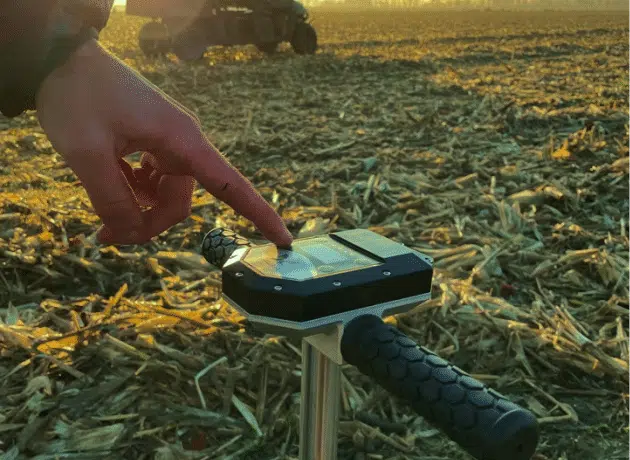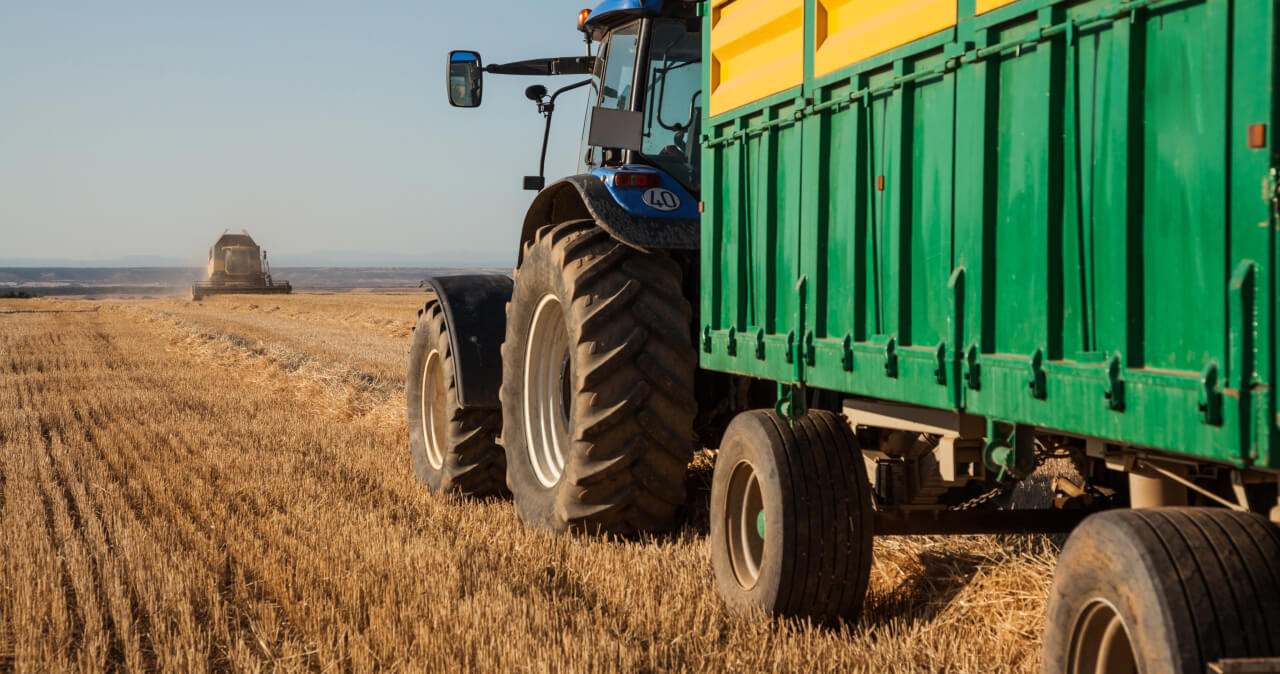

The concept of precision agriculture has gained widespread acceptance in the agricultural industry. It’s brand-new, but it’s not exactly a household name.
In its simplest form, it is a method of farming that makes use of information and communication technologies to enhance yields and efficiency in the use of farm resources. Information associated to soil, water, and crop conditions is collected through diverse methods, such as global positioning systems (GPS), sensors, and other advanced technologies.
Agronomists may advise farmers to utilize historical data and trends when making strategic decisions regarding crop production, land management, and investments. Utilizing data to inform agricultural management practices and enhance sustainability.
Despite its long-standing use and widespread recognition, the conventional method of collecting data on fields and soil is unexpectedly intricate. The process demands significant labor, requires a lengthy time frame, and is susceptible to errors.

As depicted in the illustration above, the traditional method to collecting a soil sample involves a time-consuming and tedious sequence of procedures. The duration between the sampling process in the field and laboratory analysis greatly affects the precision of the outcomes.
Note that laboratories are certified for only two specific aspects of the procedure: ICP and extraction time.
Inconsistencies may arise due to the utilization of different extraction techniques by laboratories, resulting in significant variations in measurement outcomes.
It would be ideal if the intricacies and uncertainties could be simplified, enabling you to focus your efforts on enhancing your crop’s efficiency and profitability.
That is one of the challenges we have taken on. For optimal results, the solution should not only be practical but also cost-effective. Then, we will put together and systematize your data for you. Our AI-based solution is designed to replicate the precise results that a certified analyst would obtain while working under the most optimal and reproducible circumstances.
One need not fret about achieving absolute perfection as we can now counterbalance these risk factors by internalizing and standardizing the majority of the steps that tend to induce errors.

In a nutshell, we do this by compiling a comprehensive dataset that includes matches between our probe’s findings and those of numerous conventional samples gathered throughout North America. Our team has meticulously crafted and followed a rigorous acquisition procedure aimed at maximizing the dependability and uniformity of our analytical assessments. By adopting this way of thinking, the user may focus less on the process itself, which improves both efficacy and user-friendliness.
Our AI model is trained using broad soil and crop types, as well as various geographical locations, to ensure optimal evaluations. Never again will you have to wonder how you’ll ship your soil samples so they don’t degrade in transit, how many soil samples you’ll need to get an accurate read on a field’s condition, or why the Bray method of Phosphorus extraction doesn’t work on particularly basic soils.
If you care about not only having the most precise data, but also having the most data, period, it’s clear that a cutting-edge, AI-based solution to precision agriculture is the way to go. With the instantaneous feedback from our probe, you can make more timely decisions about your crops without having to wait for them to be sent or processed in a lab. You may take as many samples as you wish from each of your fields and analyse them for any number of factors, all without breaking the bank.
The collection of such a large amount of data from a chemical laboratory would introduce a new set of problems related to data management. Thankfully, an easy-to-navigate interface takes care of this as well; after you submit a sample, it will display on an interactive map, providing you a snapshot of your crops’ behavior across time and space.
Apart from the prompt advantages of minimizing crop evaluations to a mere click, the adoption of AI will result in a progressively higher ROI as the technology advances over time, owing to the accumulation of copious amounts of data. Precision agriculture is a promising field to explore as it simplifies complex processes like never before.

Better data for smarter decisions & precise actions in the field.